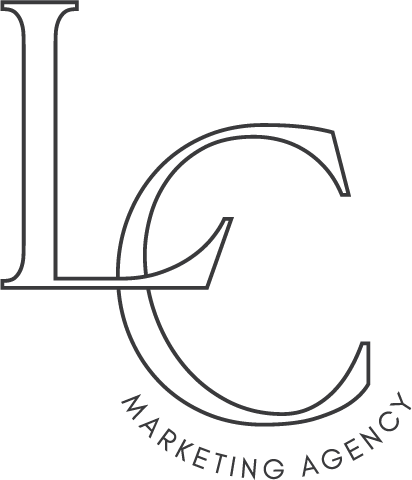First impressions last, and your client onboarding process sets the tone for your relationships. Onboarding is an indication of your professionalism, efficiency, and commitment to delivering value — but if you’re lost when it comes to the process, you’re not alone. So, how can you create an onboarding experience that’s seamless, efficient, and impactful? We’ve got a few tricks up our sleeve. Here’s our step by step guide.
Understand Your Ideal Client
Before you begin onboarding, it’s important to know which clients align with your company’s values and ethos. Recognizing the clients you do and don’t want to work with will save time upfront. Look for signs of alignment in terms of communication styles, project expectations, and values.
Pre-Consultation Homework
Your client consultation is a two way street. While the client is evaluating your capabilities, you should be assessing the compatibility. Prepare any questions you have that will help you understand the client’s needs, expectations, and potential challenges. This displays your professionalism and ensures you gather all the necessary information for a successful collaboration.
Gather Essential Assets
When it comes to project kick off, you should have all the necessary assets in hand. Understand what you’ll need to execute your contract. Depending on the service, this could include design files, brand guidelines, or access to credentials.
Pro Tip:
For efficiency, create a predetermined list of required assets for each service you offer. This expedites the initial stages of your projects, and helps the client understand what they need to provide. Remember, requirements can vary from one service to another, so ensure your lists are comprehensive and detailed.
Embrace Automation
In our digital age, efficiency parallels automation. Develop forms that clients can fill out, ensuring you gather all assets systematically. You can also consider incorporating pre-designed questionnaires that capture client goals, preferred verbiage, and other essential information. Tools like Google Forms can help with this.
Educate Your Client
Never assume your client understands your process — after all, they’re hiring you for your expertise. Consider developing a ‘Welcome Deck’ that outlines crucial aspects of your client experience. This could include an introduction to your team, a step by step guide to your workflow, and any tools or platforms they’ll need to familiarize themselves with.
Set Clear Boundaries
Ensure your clients are aware of your business hours, communication channels, and response times — especially if they’re in different time zones. Remember, effective communication is the foundation for successful collaboration.
Onboarding is more than an administrative task — it’s an opportunity to establish trust and ensure client relationships are built on solid ground. A well-structured onboarding process enhances client satisfaction, and sets the stage for long-term collaboration.
Remember, your onboarding process is a chance to showcase your unique expertise. By cultivating a foundation built on mutual respect, you can move towards a shared vision of success.



